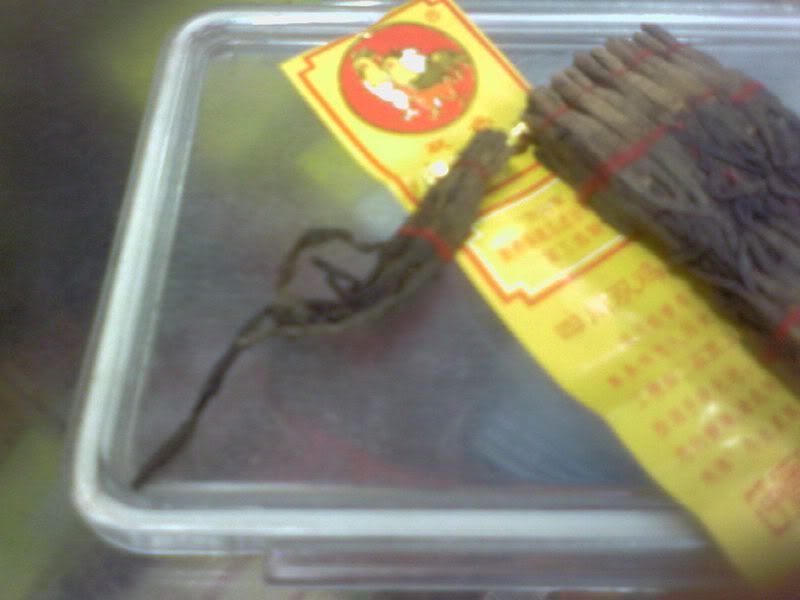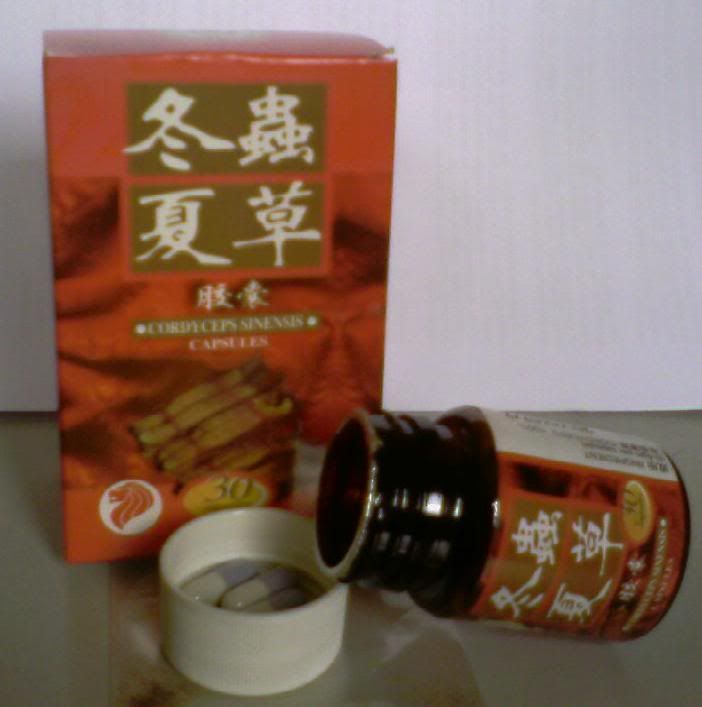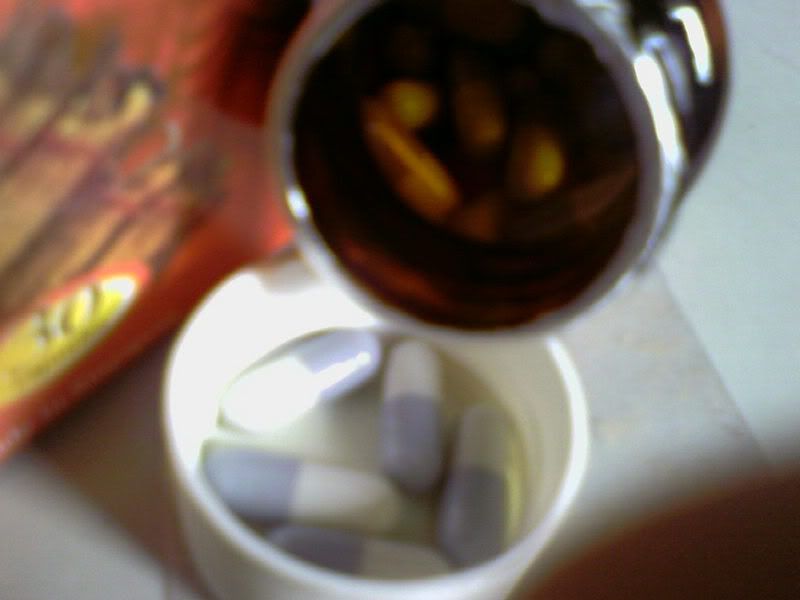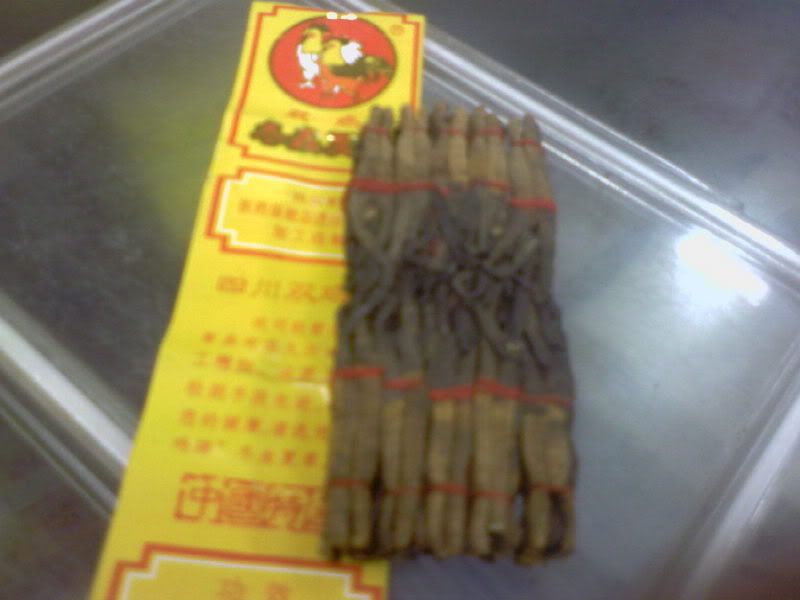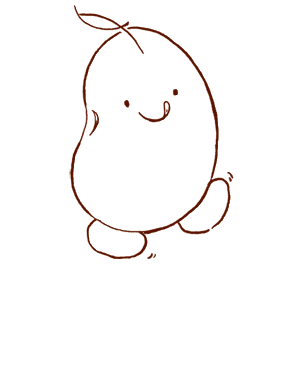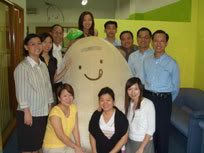to this:
The above pictures show the product change in a particular traditional chinese medicine, namely the cordyceps. It is changed from the plant-like structure of a herb, into its condensed 'aftermath' of cordyceps capsules.
i cannot help but wonder, are the cordyceps capsules a product of East meets West? can we qualify it as a hybrid? this remains arguable. but one thing is for sure, traditional chinese medicine in this 'after' form, has taken a radical change due to globalisation (homogenization). if you are still not convinced thus far,
take a look at this:
does this not look like the antibiotics capsules we are given in our western medication? not only is this product a result of globalisation, it has also undergone process globalisation. this product itself has been standardised, with the help of modern technology of course. the process is so precise till each pill weighs exactly 0.4gm each, one looking just like the other. without a doubt, it is mass manufactured, and sold in quantity. as such, it is definitely going to come at a cheaper rate as compared to the original herb. anyway, why not try to guess how much the price difference actually is?
ok, the real herb itself, is in fact sold according to how much it weighs. and a bundle like this (below), could easily cost up to S$200.
and just how much does a bottle of the cordyceps capsules cost? there are 30 pills in a bottle and they cost only S$9.00. a paltry sum compared to the cost of the real herb i must say. then again, just how much benefit does these capsules do the your body, i seriously have no idea. but my bet is that having being processed technically and chemically, the capsules will be less effective as compared to the real herb. what do you think?
so, just what are the social processes behind these changes? just the cost, explaining for people's receptiveness over it? nah, in fact, i was told that apart from the vast difference in cost of the 2 products, making the capsules more appealing to Singaporeans, the fact that the capsules are more handy and less cumbersome to consume makes it even more attractive. the traditional herb requires boiling, and sometimes even double boiling in order to be consumed appropriately by the body and thus producing maximum benefits for the body, but the capsules on the other hand simply requires swallowing. no hassle of cooking and attending to the preparation part of it. how convenient. =) it's no wonder it is preferred over the the traditional herb.
besides, the fact that the product is homogenized, now even health concious non-chinese can have similar experience with these capsules. it is no longer the prerogative of chinese to take tradtional chinese medicine. just a matter of trust for these TCMs.
lastly, and most importantly, we have to understand, that despite major changes in our lives due to globalization, where even products such as traditional chinese medicine had to change its form in order to keep up with the people, who obviously lead a hectic life, some things never change. have we ever probe, 'why traditional chinese medicine? and not any other forms of medication?' that is simply because, our great grandmothers told our grandmothers it was good, and our grandmothers then told our mothers it's good and our mothers are telling us it is good and the cycle goes on... the beliefs and traditions hasn't changed. as such, we consume the traditional chinese medicine alright, but we still want to take it via the shortest cut and tada... you have your 'evolved' cordyceps capsules ready for immediate consumption :)
Shufen.
